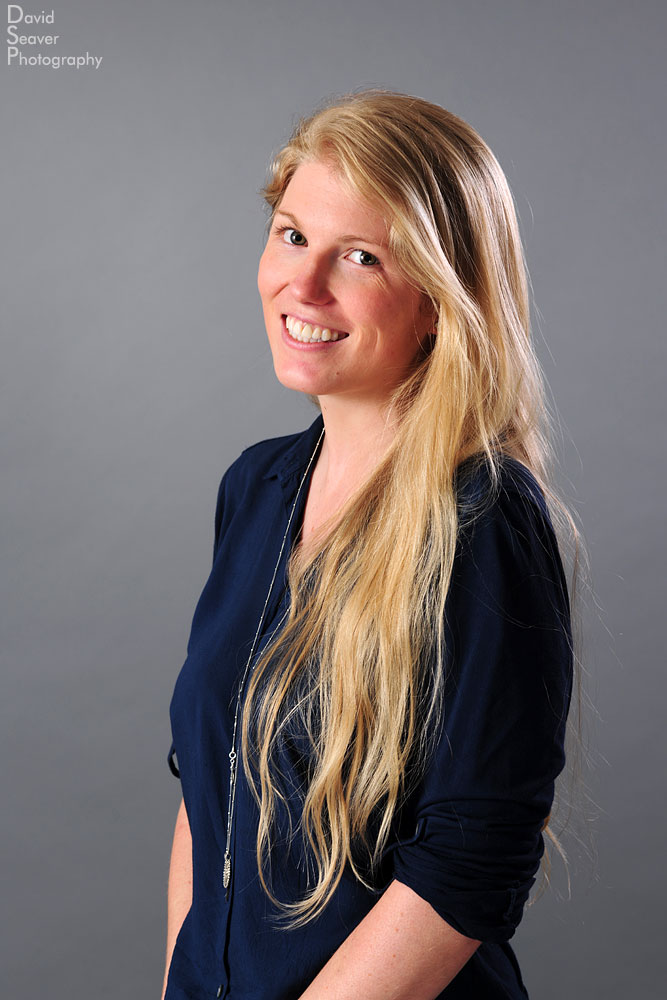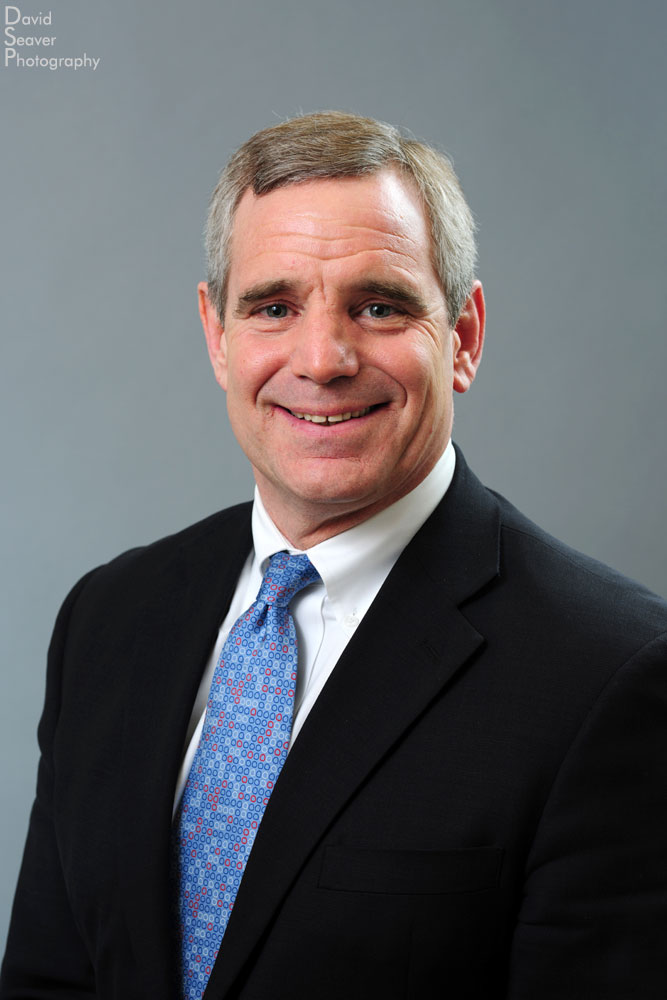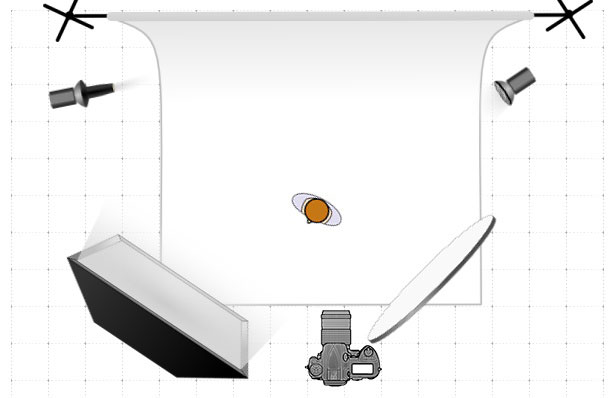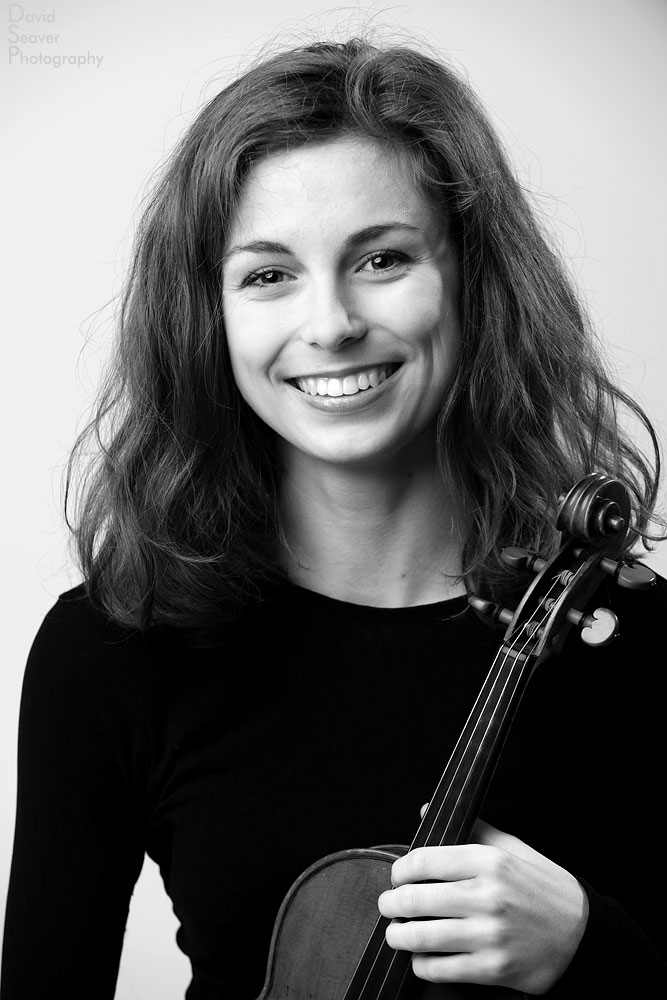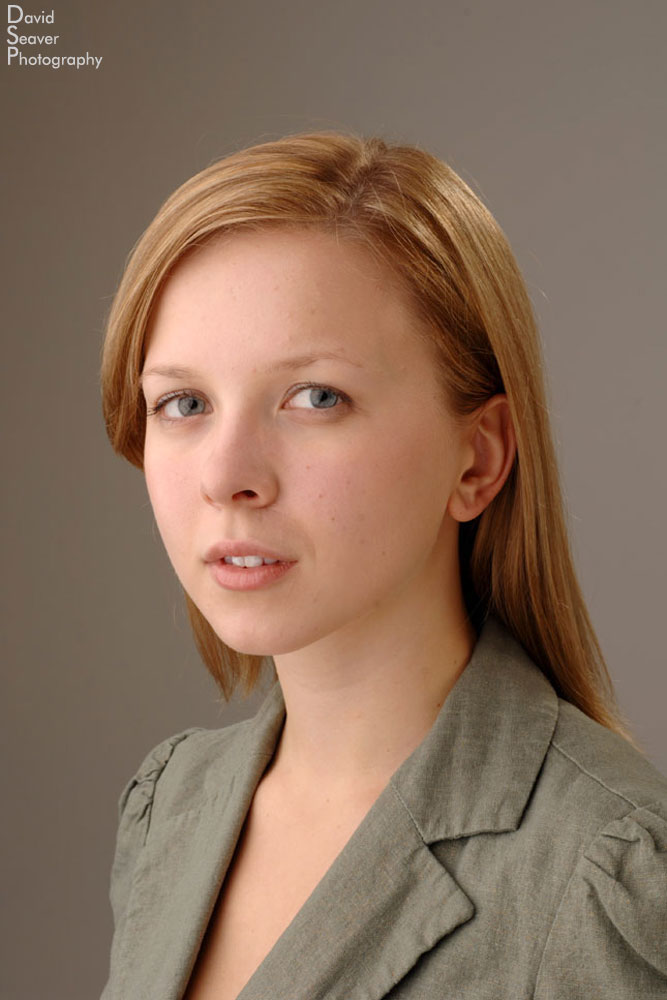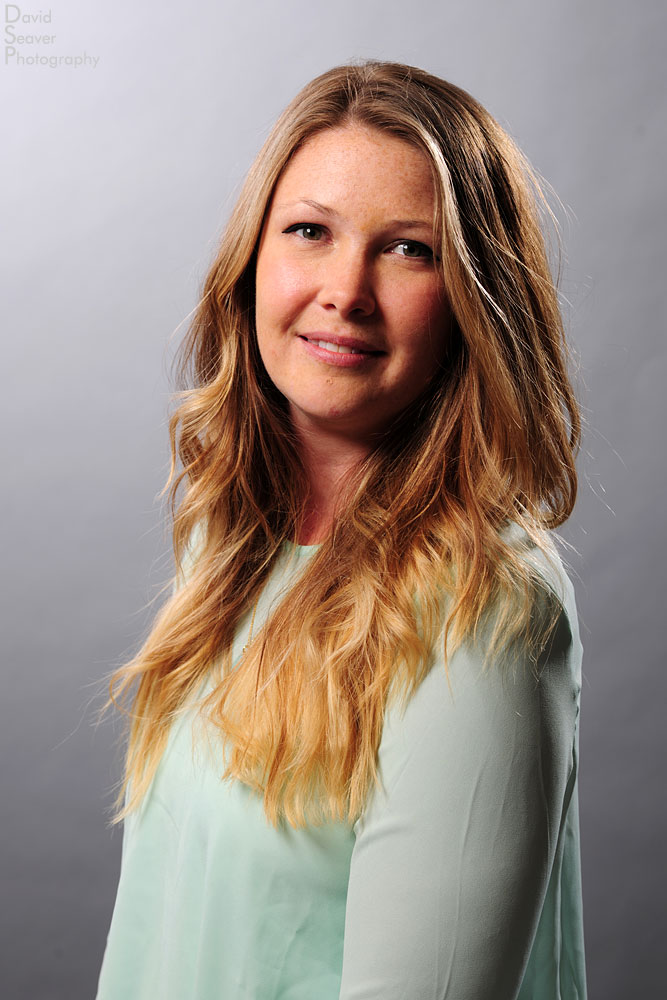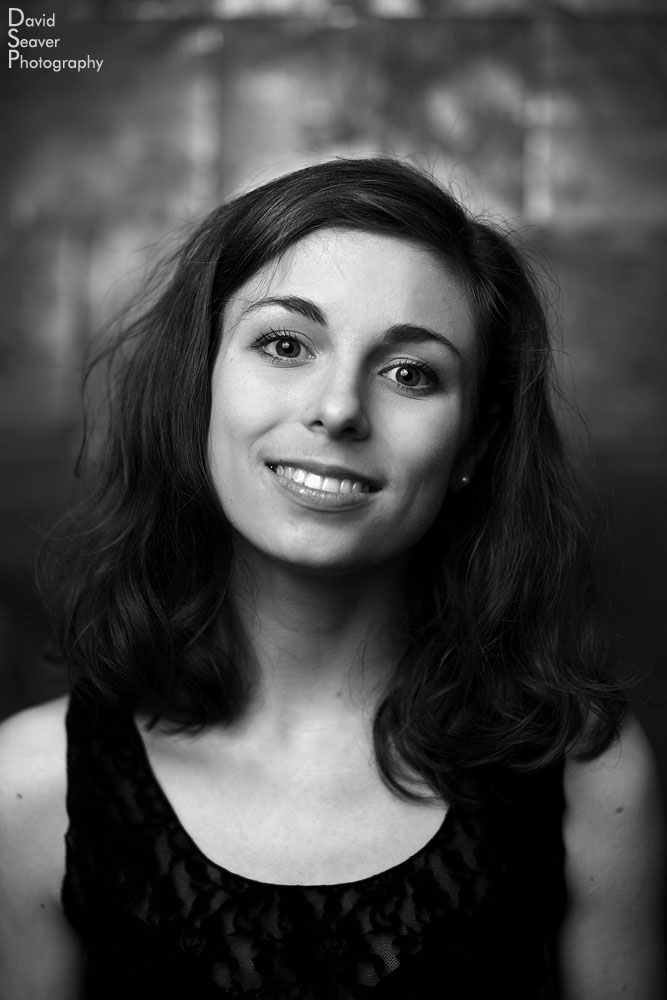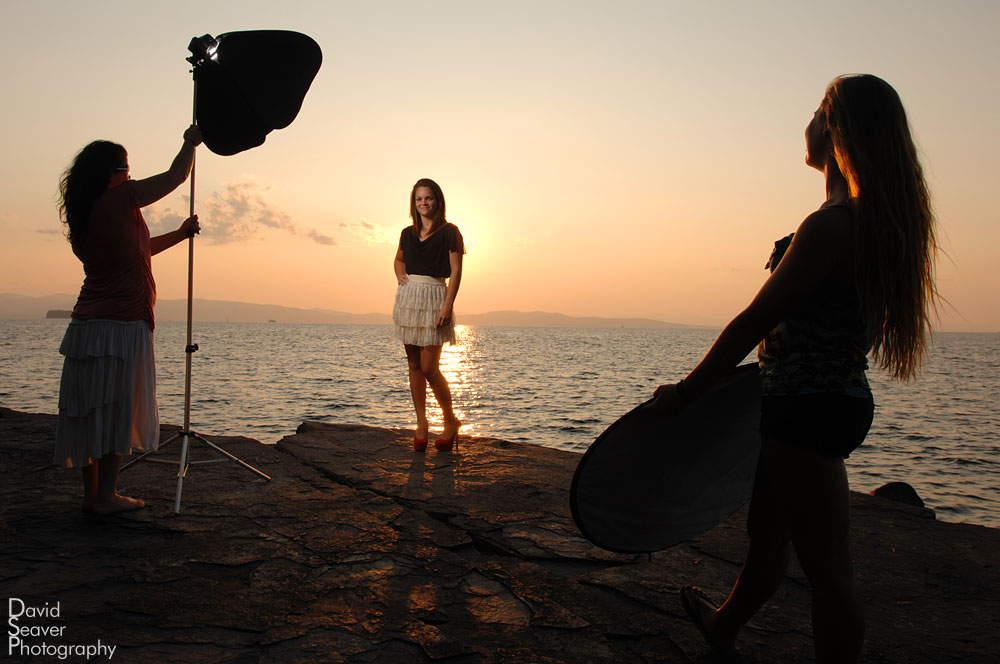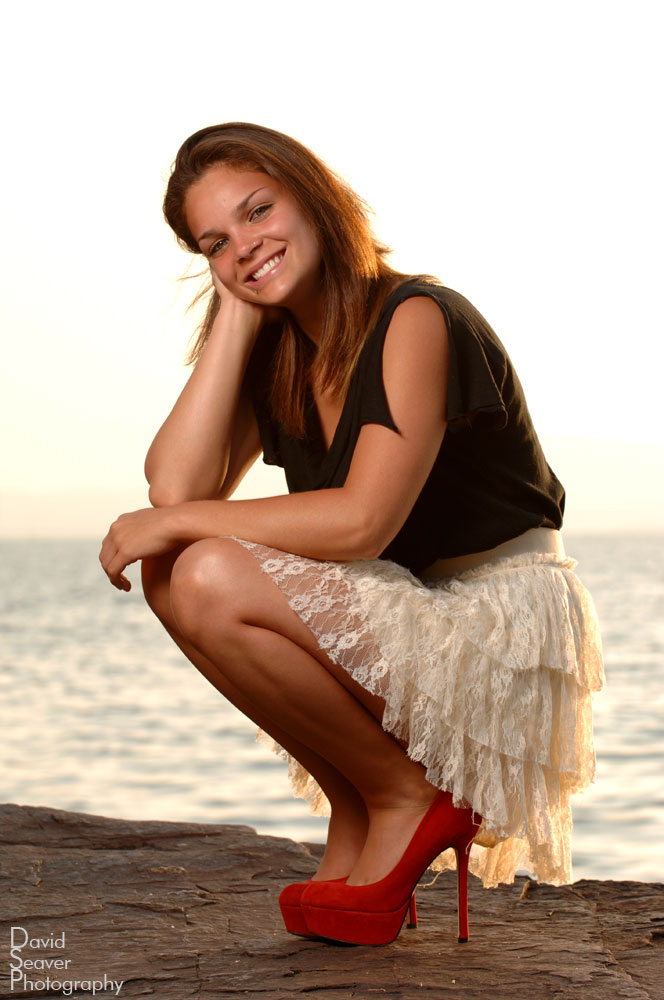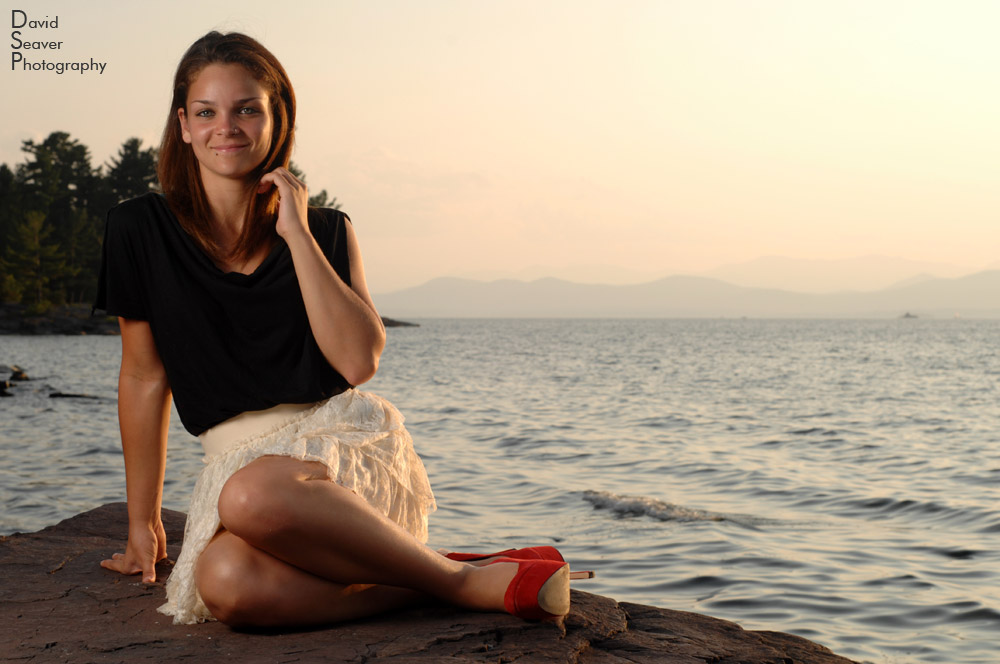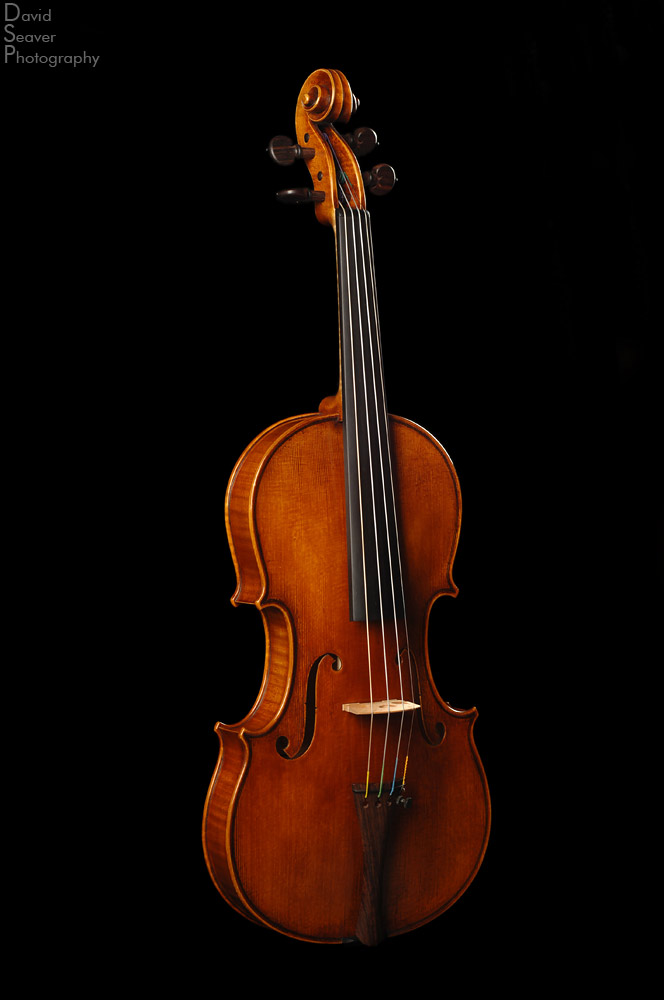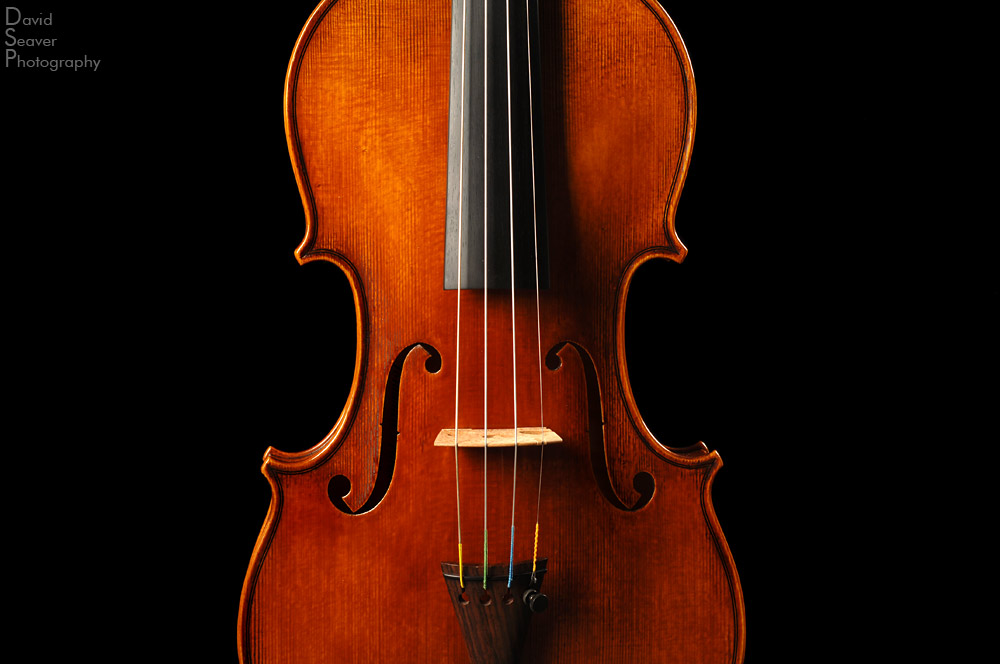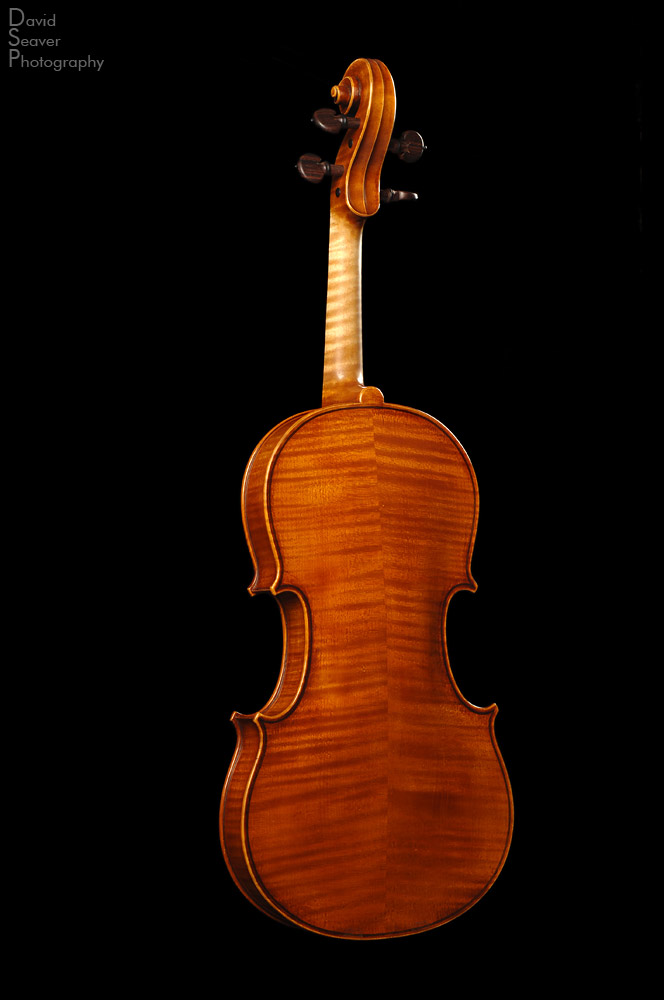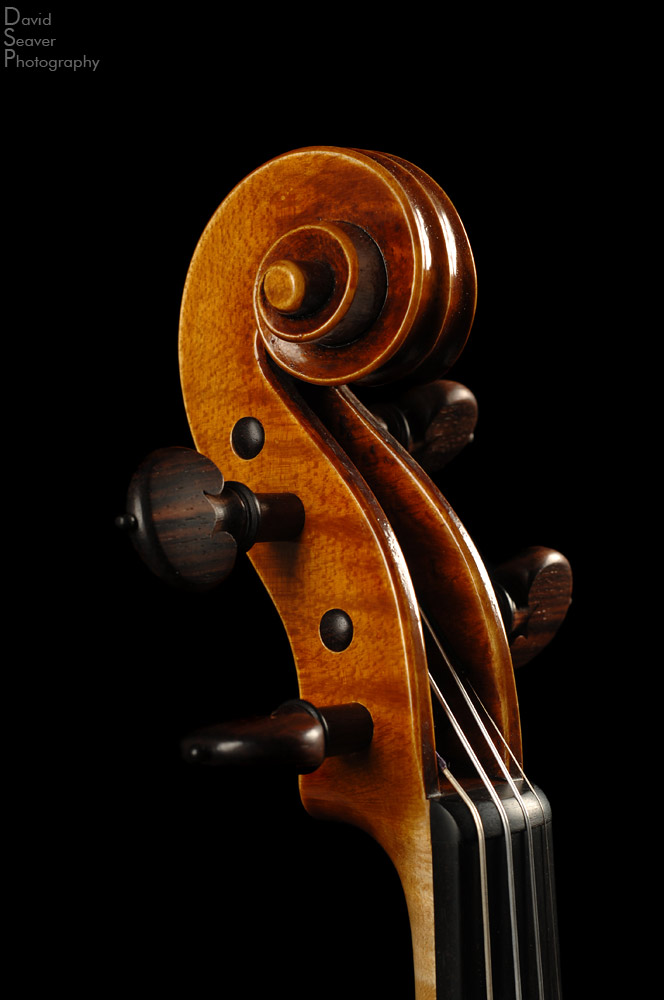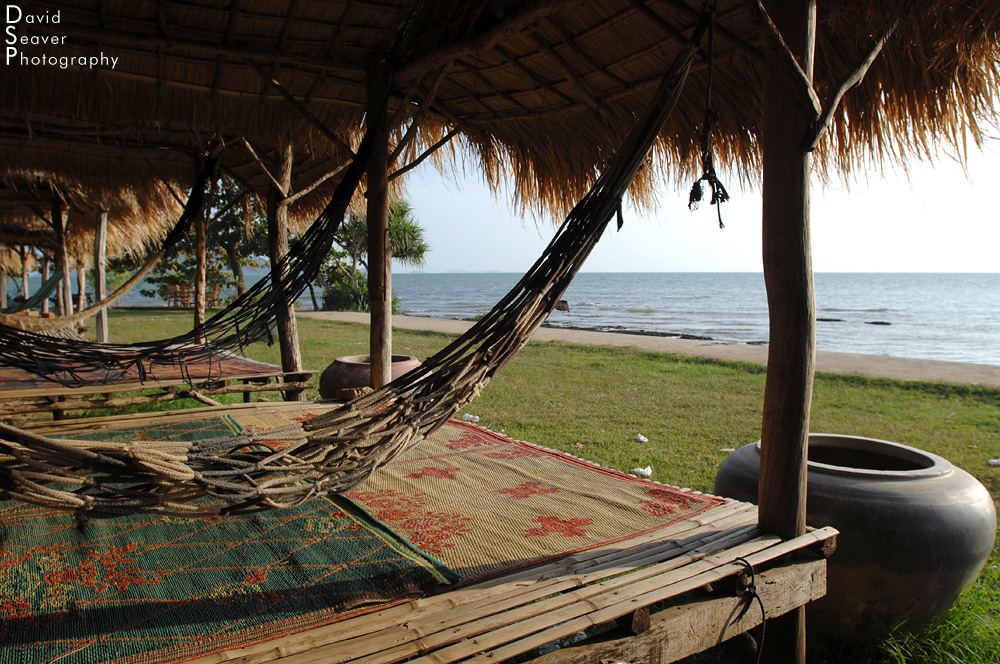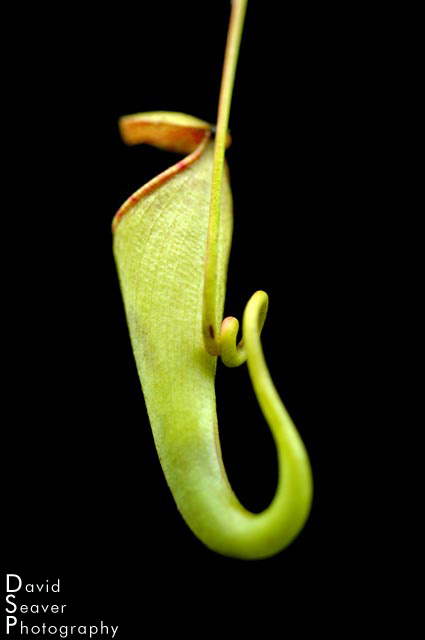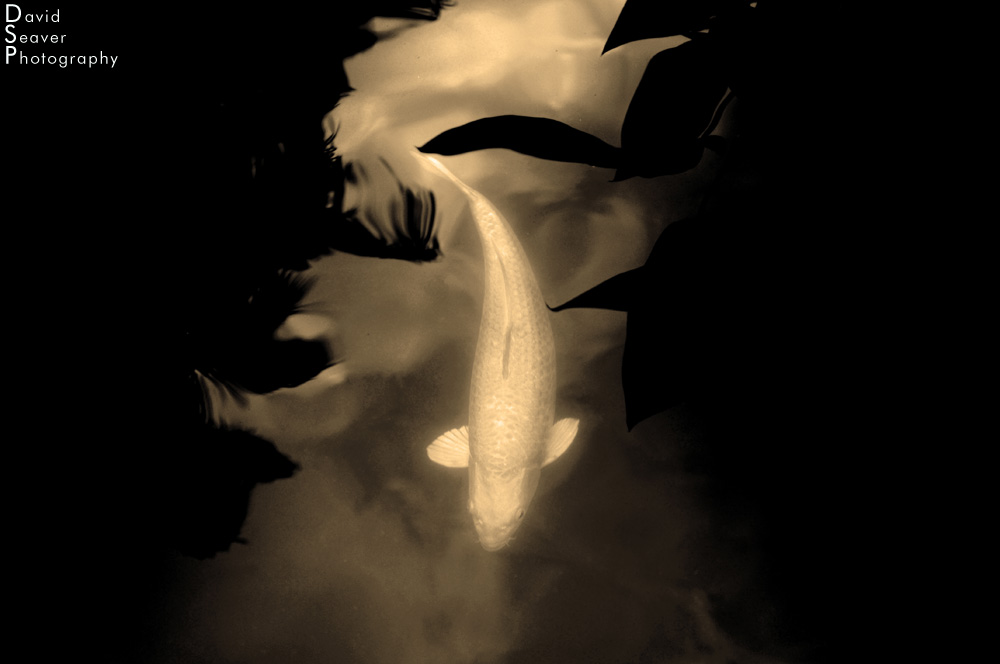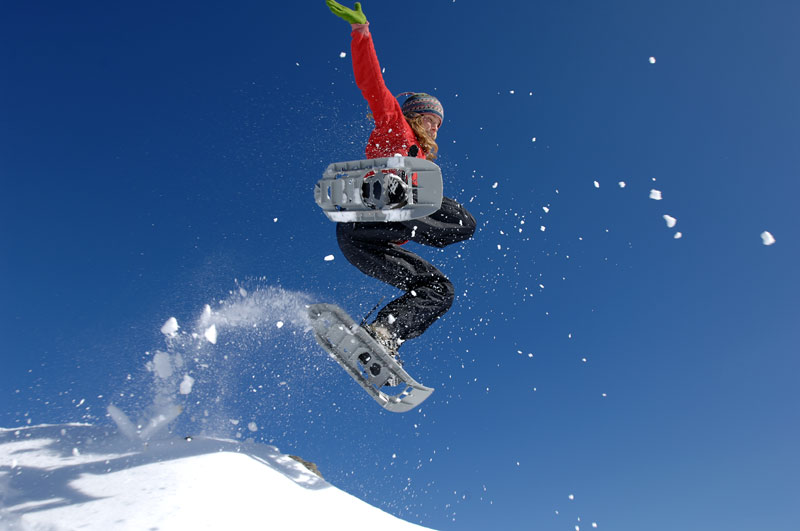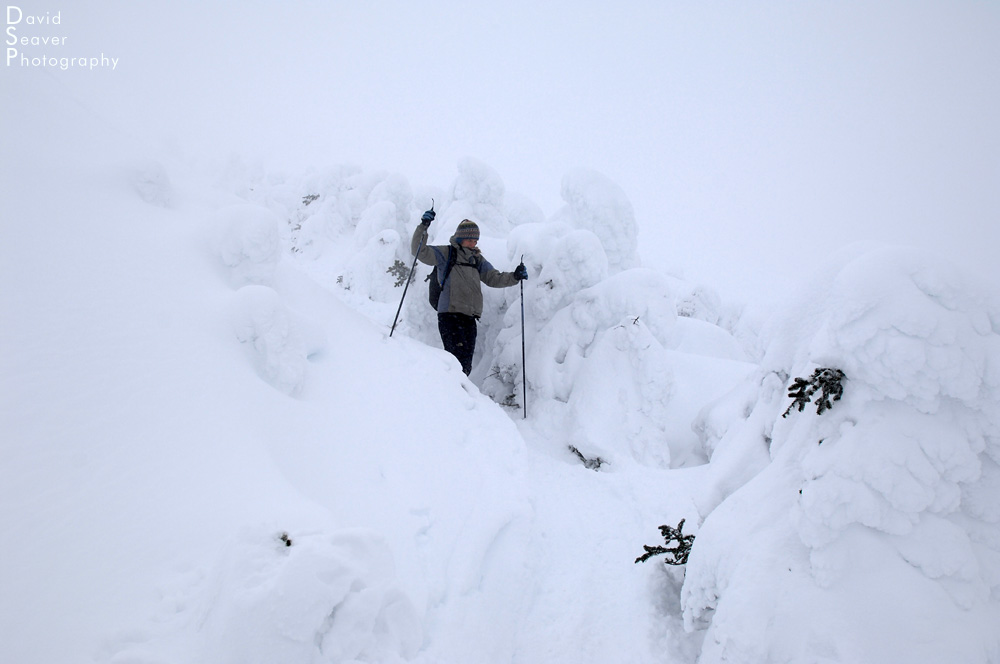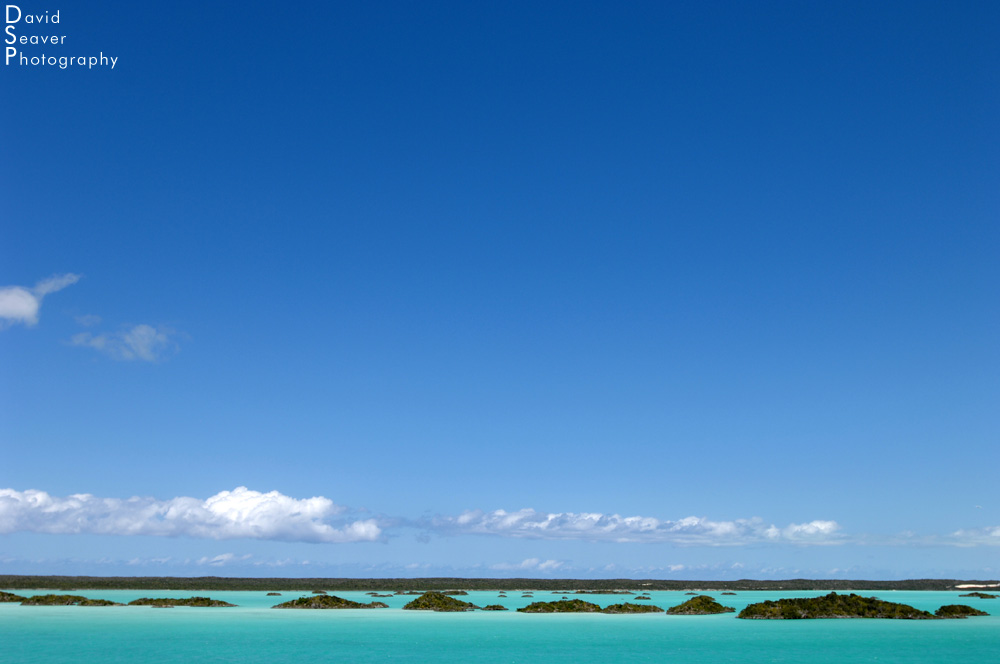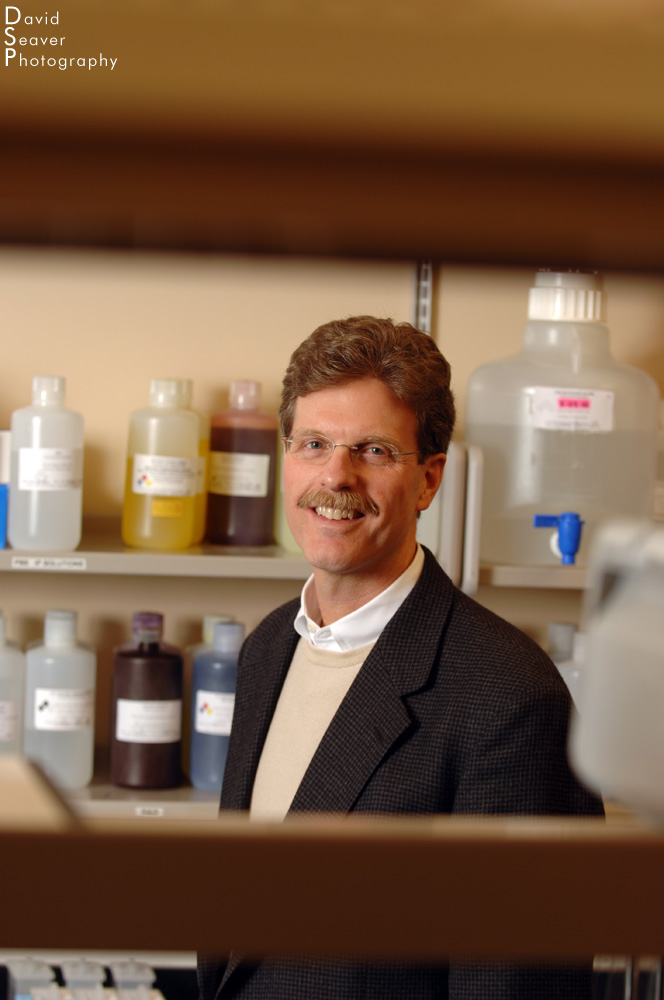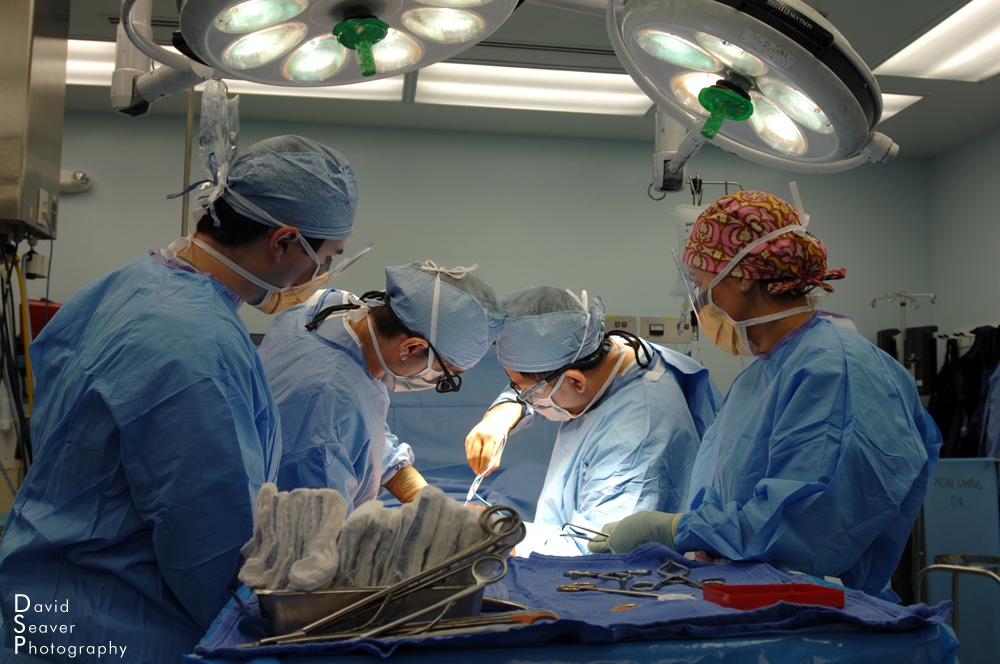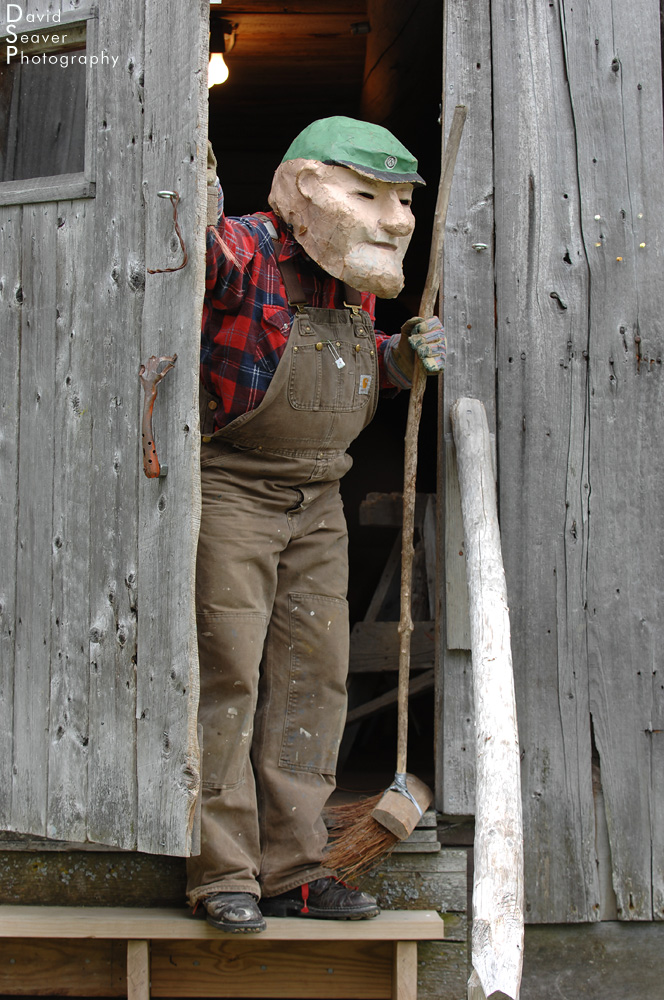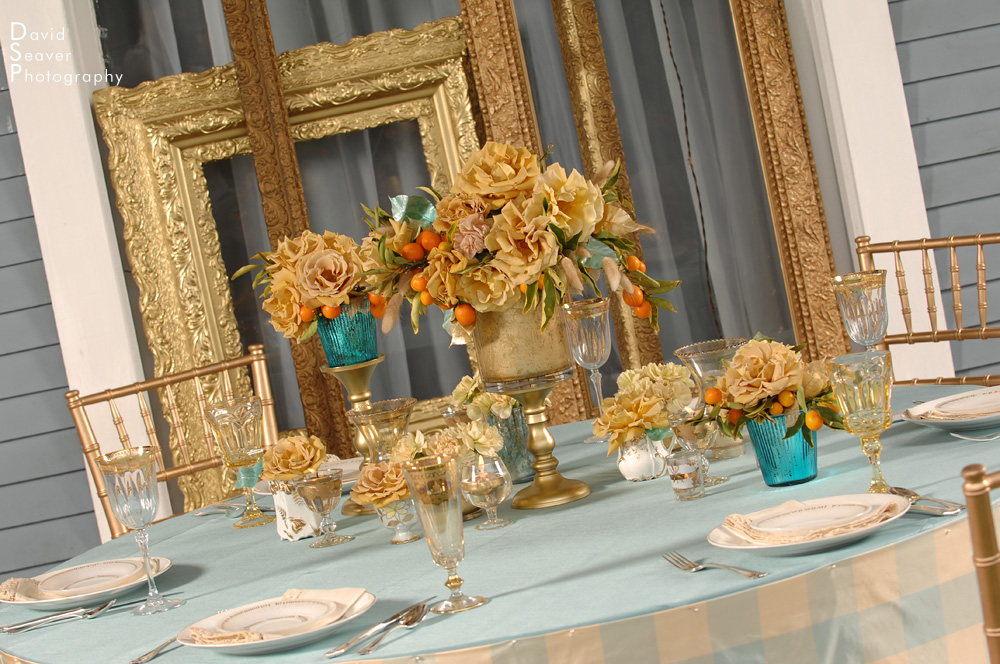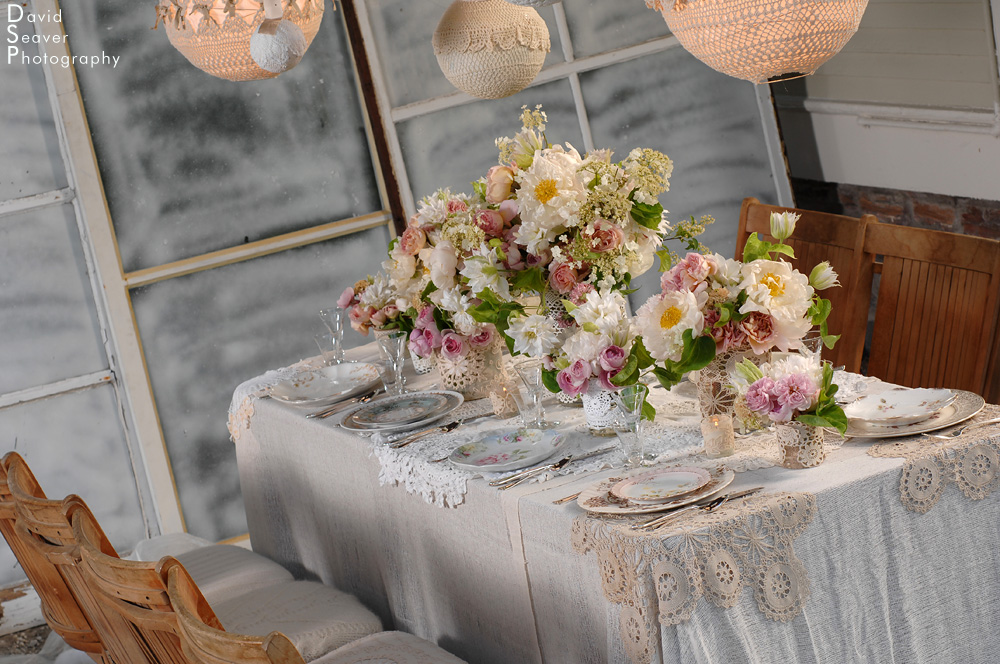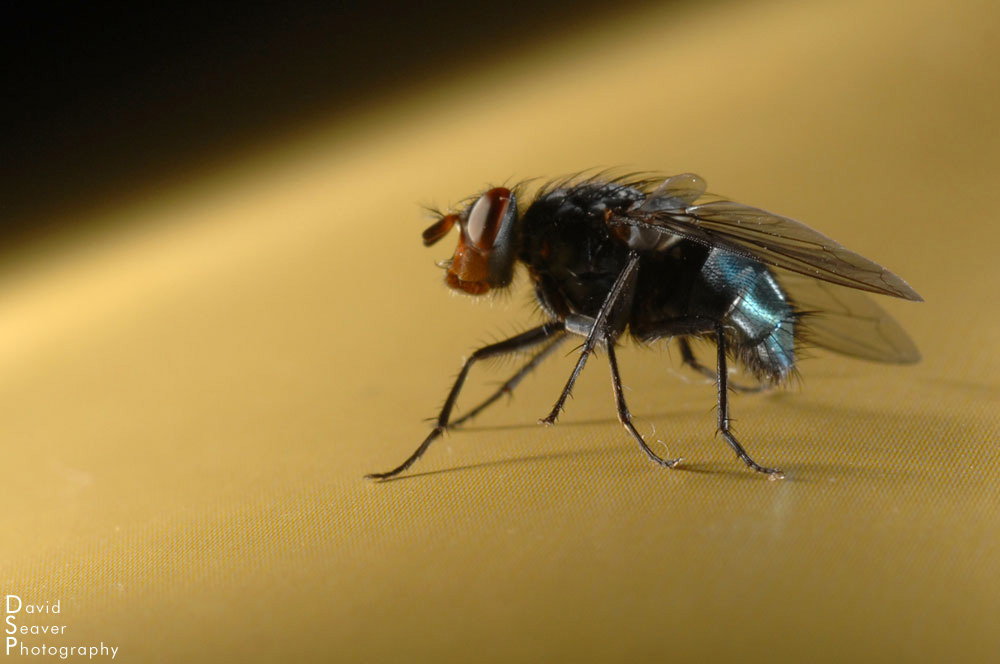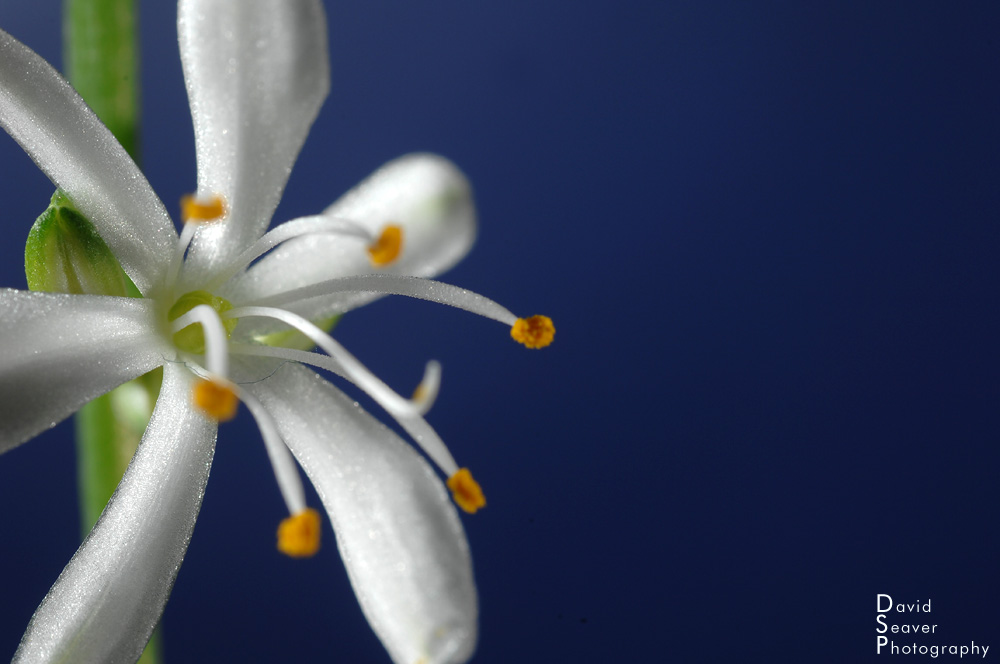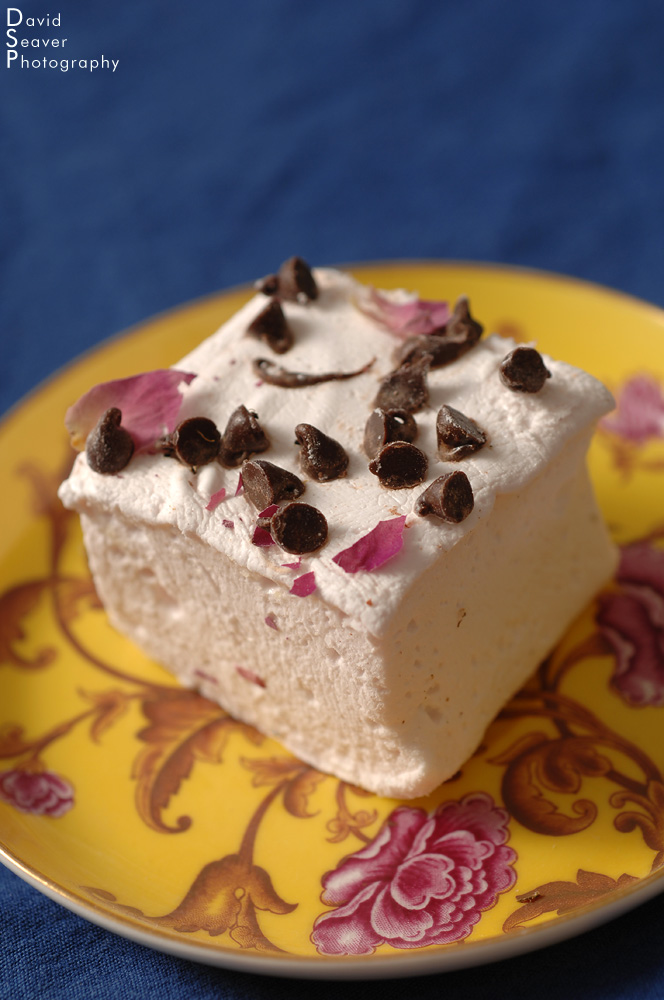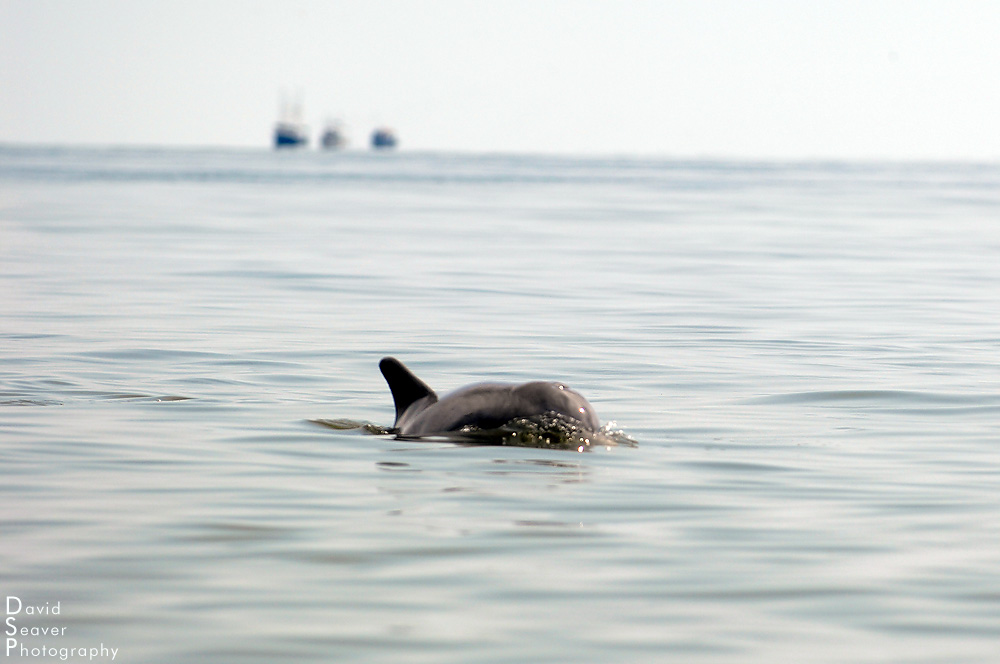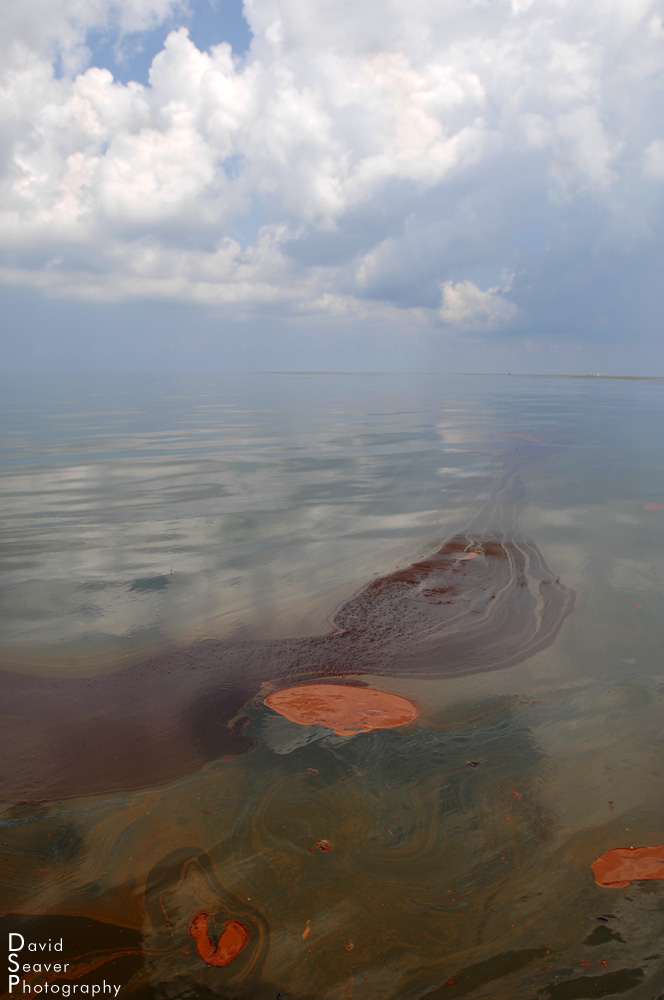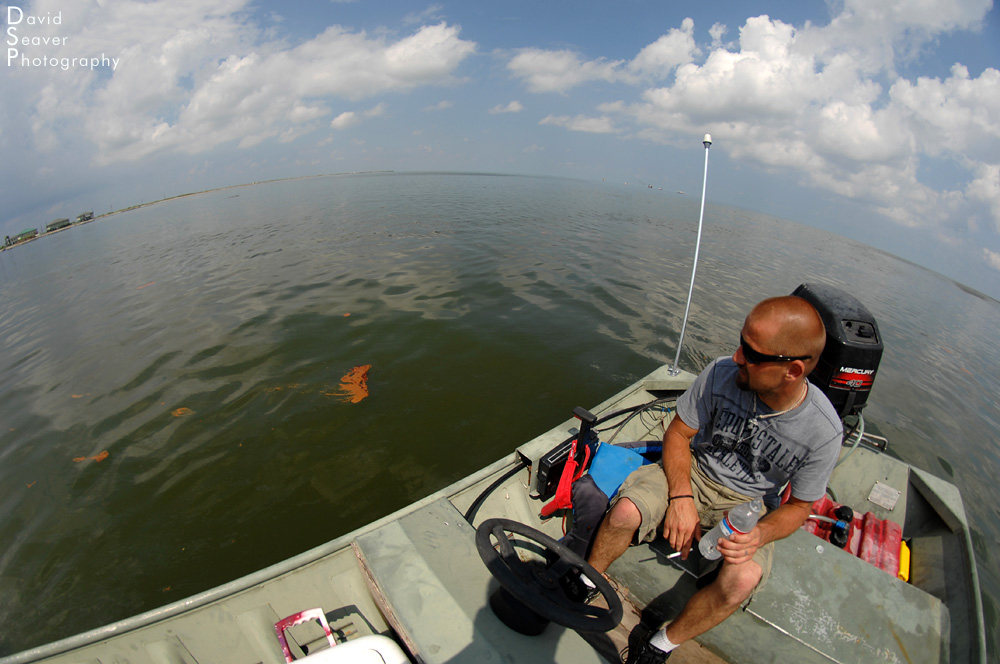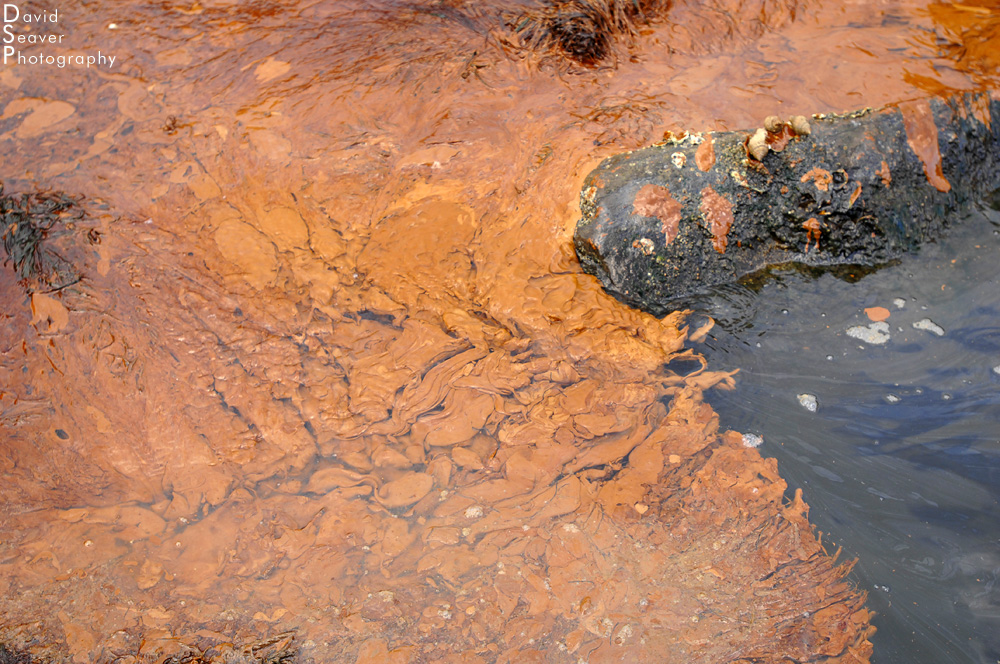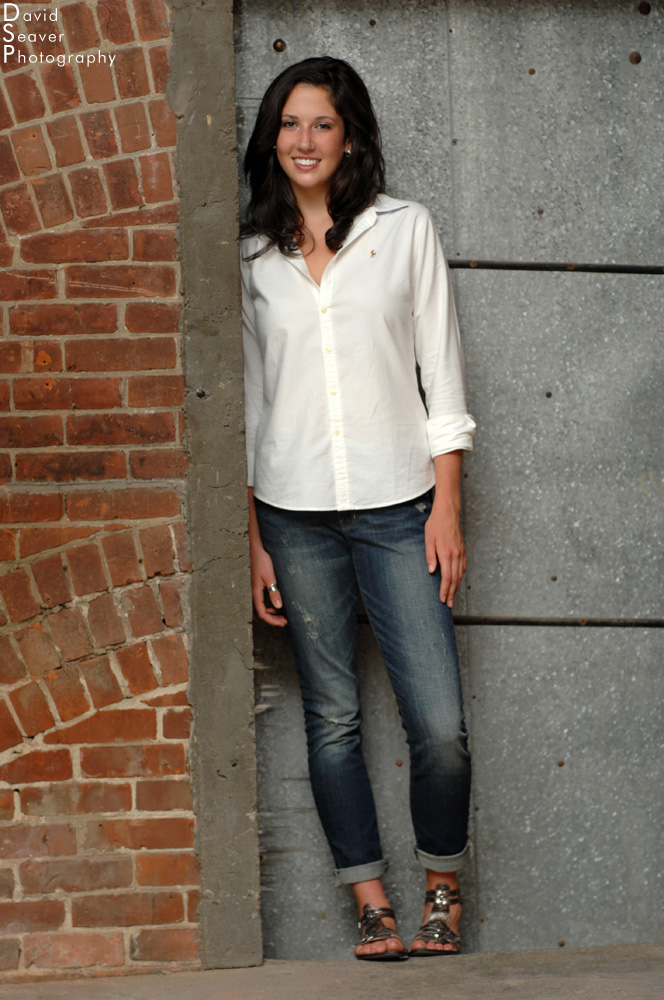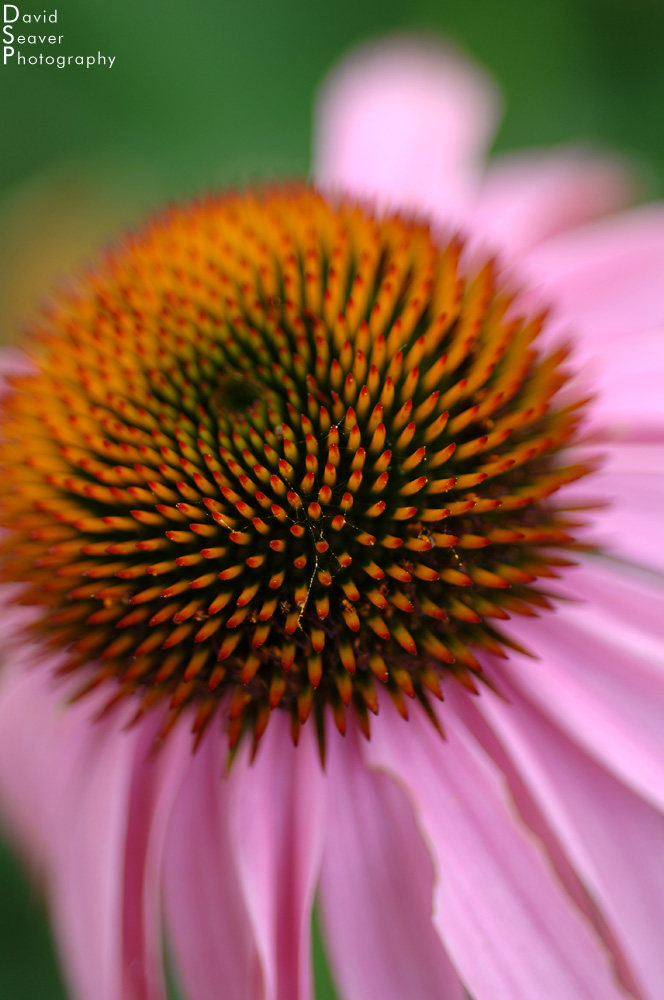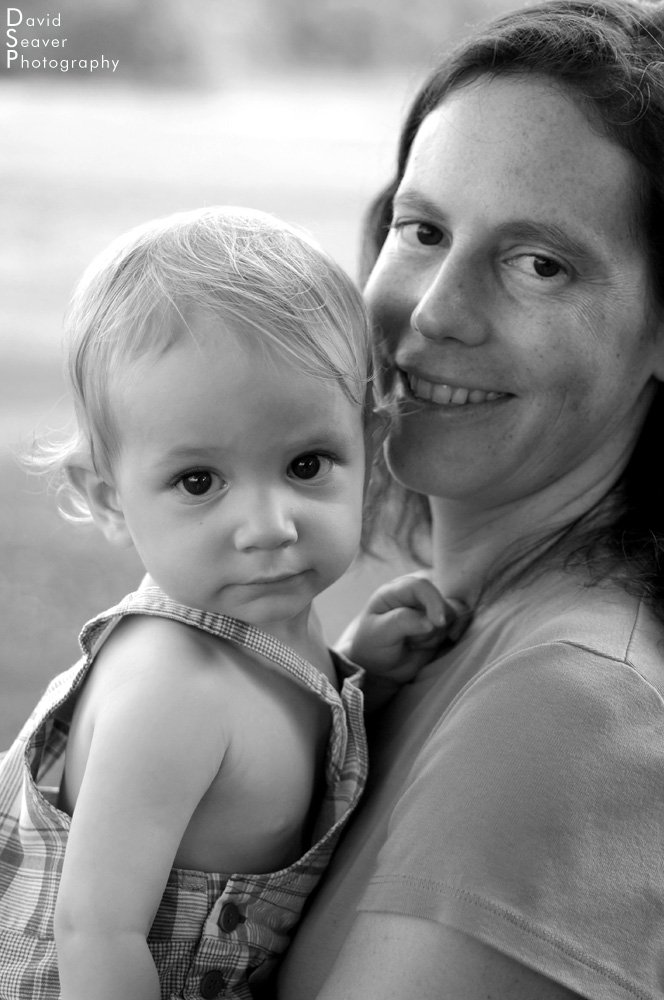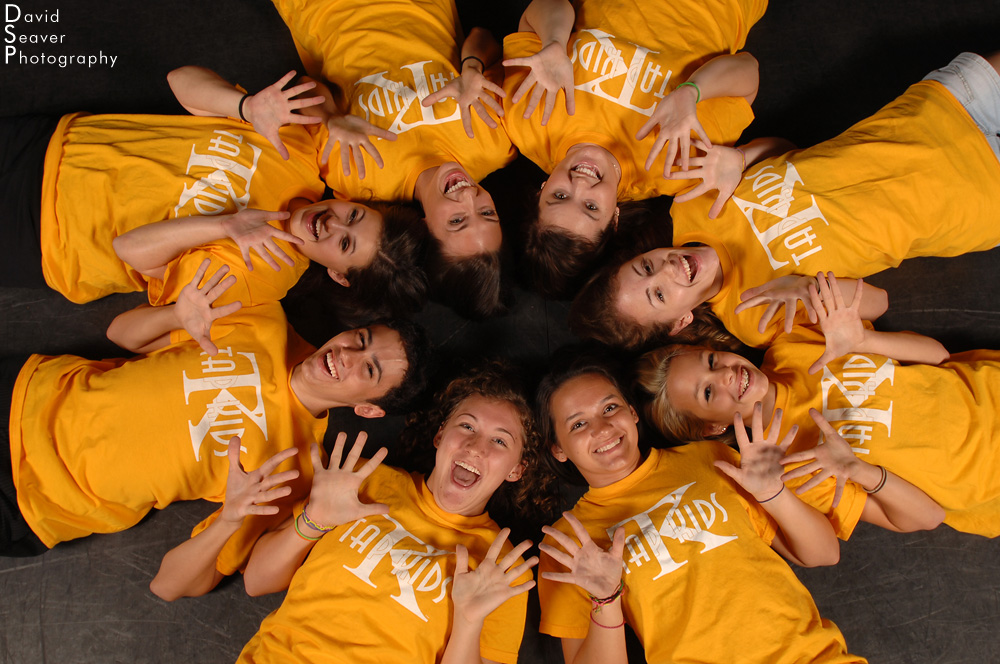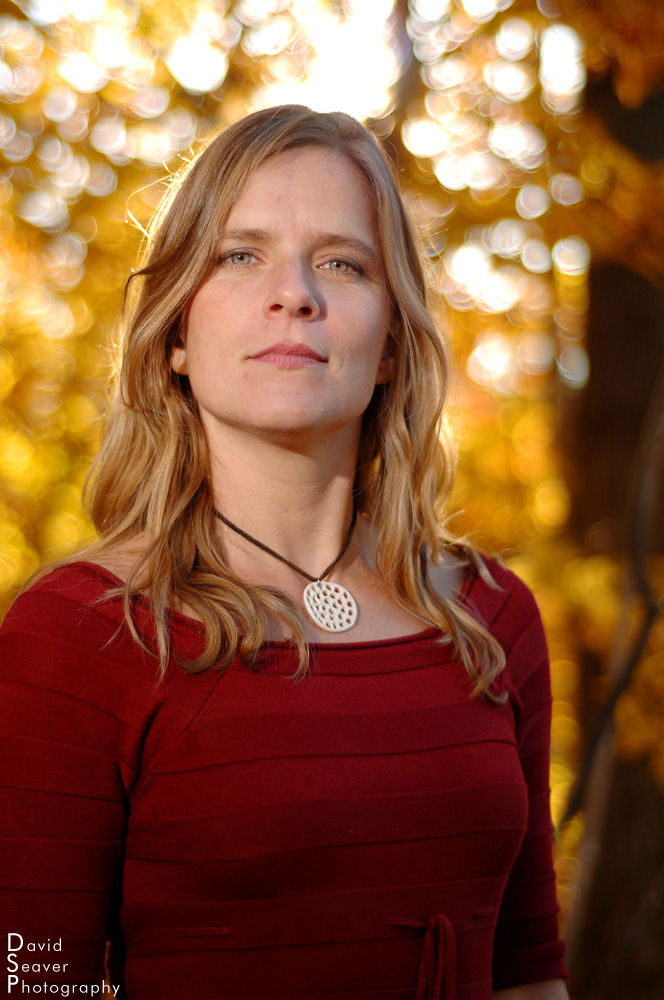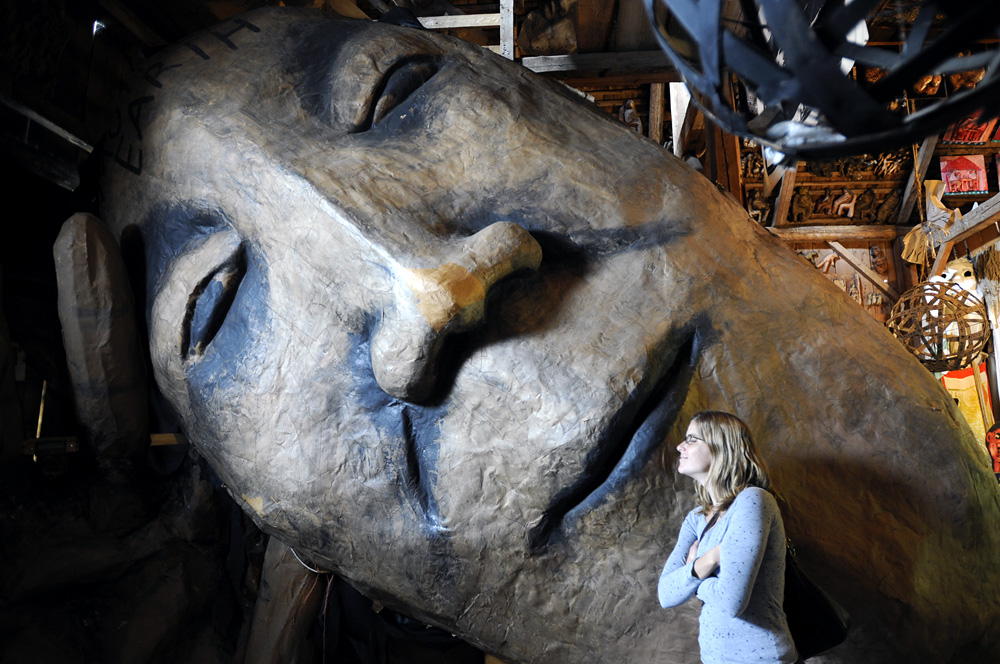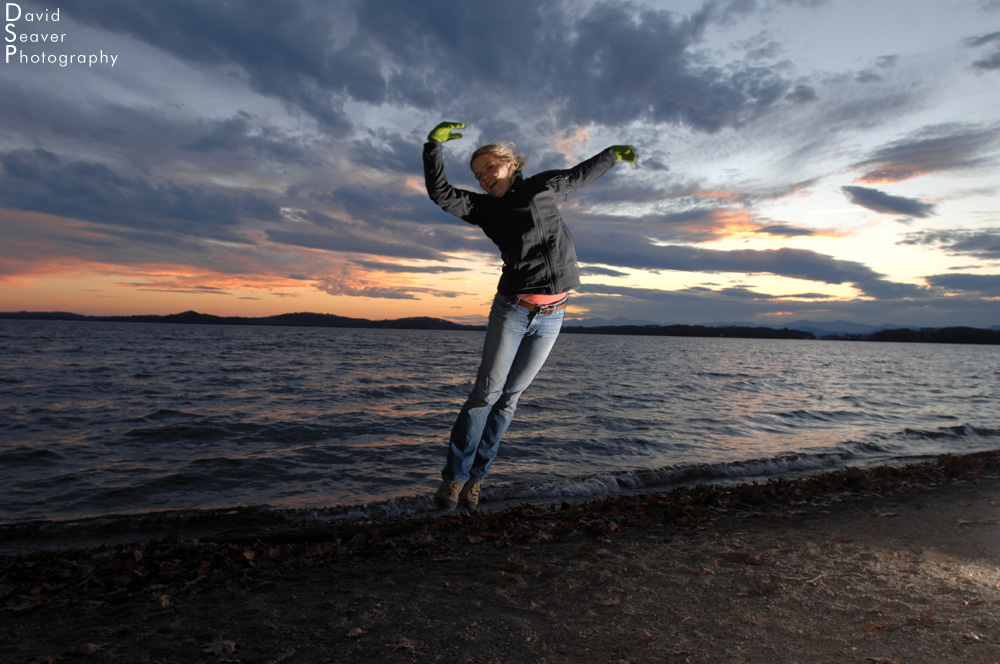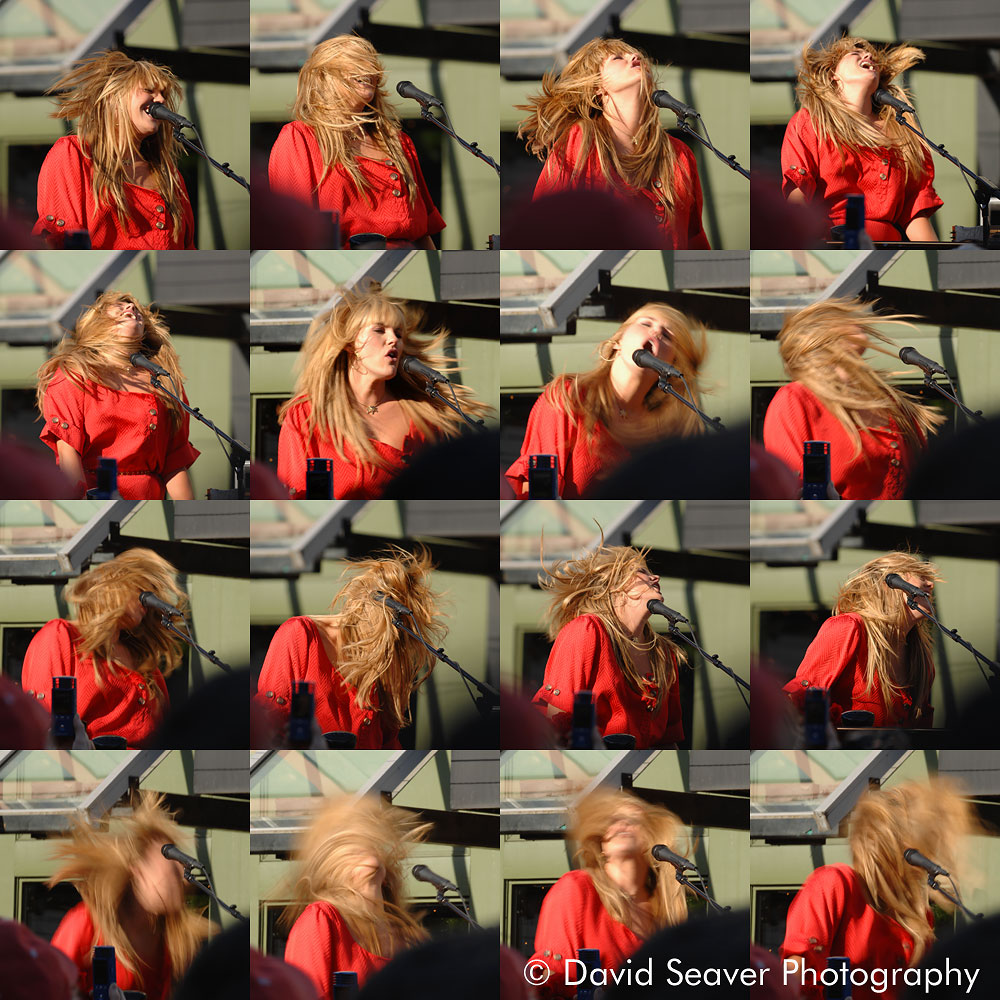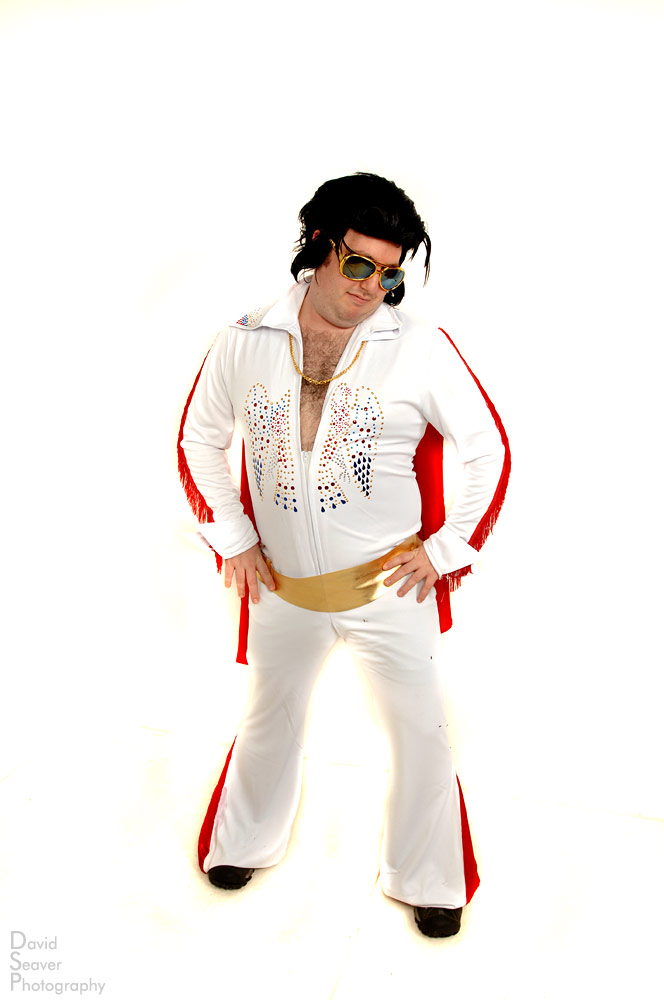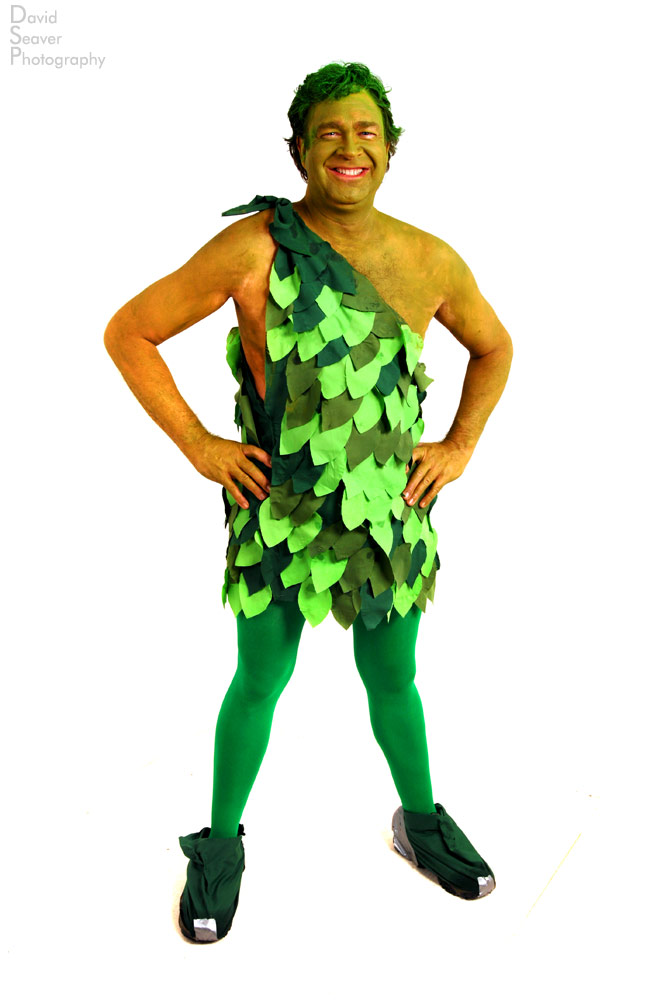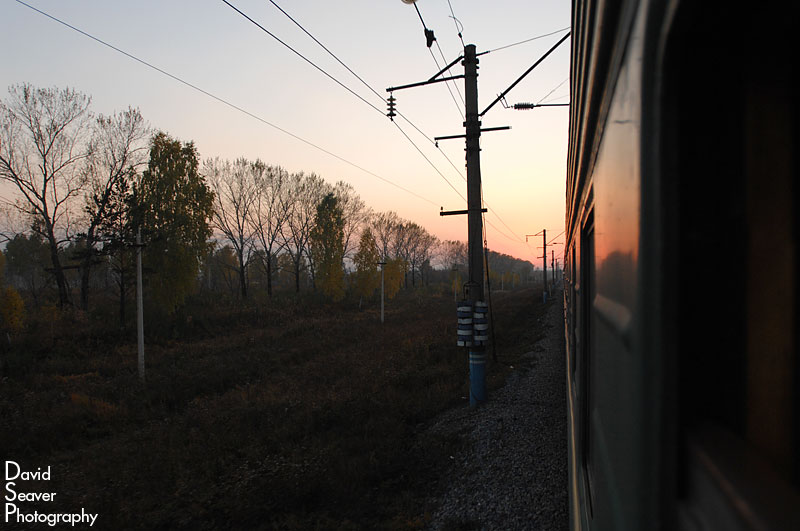How to Take Great Business Headshot Portraits
Headshots are a necessary part of commercial photography. There will always be people who need headshots for their company, online profile, or modeling comp card. While there are myriad ways to shoot a headshot, I will go over the basic setup. It’s a great starting point and will always get you a great photo.
My basic setup is with 2-5 lights and light shapers depending on the situation. If you’re in a confined space and only shooting one or two people, using all small flashes/speedlights is fine. The larger the space and the more people you have lined up, the wiser it is to use large flash units that can run all day and have a higher output. But as I always say, there is no ‘right way’ to do anything in photography. You can bounce, you can use natural light, you can shoot through cloth. This is just one way to do it.
My main/key light is usually a softbox to camera left. Unless the client says otherwise I have the subjects turn their bodies about 45 degrees to their right, showing me the left side of their face (traditionally the ‘more beautiful side’). The main light is about 45 degrees to my left, at head height or higher (depending on ceiling height. The secondary light is either a gridded spot or a softbox (the deeper the baffles the better) coming from the back camera right to highlight the shoulder, separate the subject from the background, and give a little rim light to the hair. My third light is a gridded spot or a snoot raking across the background at an aggressive angle from back camera left to give a little variation to the background. The fourth light can be powered or just a white reflector under the subject, camera front/low right. If you’re using a reflector get it as close to the edge of the frame as possible to fill the shadow created by the key light. When the reflector isn’t enough, I will push a little light through it with a small flash. If the shadows are still too deep, you can bounce yet another flash off the ceiling (Assuming it’s white) to fill in the shadows or run a large umbrella camera right at a lower power to fill the shadows.
This setup is assuming you A.> Have enough lights. B.> Are working in a space large enough to fit all the lights.
With all photography, as soon as you get on site, all the rules go out the window. Many a time, I have been called to do headshots and ended up squeezing into a room the size of a small closet. If the walls are white, you can always bounce off them, especially for the key light, which lessens the space needed. Sometimes I get lucky and the client likes the color of a painted wall and a backdrop isn’t necessary, but most offices are sadly painted beige, not the best photo background.
With this basic setup you can adjust how much contrast there is, and how dramatic the lighting is just by changing the distance and position of the lighting from the subject. This same setup can be used outside or in another setting. If you’re outside or in a well lit location, you can get away with using just the main key light, balancing it with the surroundings.
Take these idea with you the next time you shoot a portrait. Start from a place you know and then start to stray into the unknown.
How to Take Great Portraits with One Flash
Although I always bring a whole bag, well, really a few bags full of flashes of all sizes and powers, many times I find that using one flash is an easy way to get the right lighting while still being flexible enough to follow the subject and make corrections quickly.
I recently shot a senior portrait session with a variety of lighting setups. I always try to be flexible and give lots of options in terms of lighting, background, and ‘looks’. While I am always working towards a thought out end photo, I will happily stray from that as light allows, or when things come up during the shoot, which they always do. As we went through the shoot, I was moving back and forth from flash to available to bounce and all combinations of the two. On these wide ranging shoots, I find that working with the different combinations of lighting helps me keep fresh perspective throughout the shoot. Each small change of lighting can lead to a new idea.
For this setup I was using a Nikon SB-800 Speedlight with a 24″ softbox and a 48″ circular reflector with the gold side bouncing a bit of warmth back on the subject and filling in the deep shadows. The SB-800 was triggered by radio. I do use Nikon’s iTTL with commander and remote flashes, but for this set up I was moving back and forth, changing cameras and lenses and needed to be sure the flash would be triggered. The bright sun has played tricks on the communication between commander and remote flashes in the past, meaning you need a pretty direct line of sight between the two. So for this I did do some minor tweaks to the flash, set in manual mode, increasing or decreasing the power as needed. Yes, it’s an extra trip to the flash, but we were moving around quite a bit and it didn’t seem to break up the flow too much. The movement and small break in shooting will also give the subject a little space to catch their breath before getting back into it. I find that with professional models you can get away with more sustained shooting, but with amateurs a little break is always helpful, if only for a few seconds.
The Nikon SB-800 had the dome diffuser off, but the wide angle flap down. I generally use the dome diffuser to give a slightly softer light through the softbox, but due to the intense sun I needed that extra bit of power that the dome diffuser takes away. I was running the SB-800 between 1/4 and full power. Having blown a few SB-800’s running on full power in the past, I generally try not to use it too much, but if I have to, I try and slow my shooting down to allow the flash to safely recycle without frying. The amount of ambient light and strength of the sun also kept me using the SB-800 instead of my SB-900 which will shut down if it starts overheating. Yes, it saves the flash, but a flash that stops working mid-shoot, while under normal circumstances is frustrating. I’ve heard good things about the SB-910’s thermal shutoff. Hopefully they have extended the range of heat allowed, or figured out a way to get rid of the heat more efficiently.
I could have just as easily used a battery powered monolight such as my SP-Systems Lancerlight 160 or an Elinchrome Ranger. I choose to use a smaller flash only for ease of movement. The larger monolights are just that, larger, so if you’re running around moving the light every few exposures, having the small flash helps keep the hassle to a minimum.
How to take great landscape photos
Great landscape photos generally fall into two categories, photos created with patience and planning, and photos that are happenstance. I am a firm believer in both. While pushing to create amazing landscape photos, there will always be images that are only realized once you are in place.

Vermont's fall foliage. Nikon D2X, 17-35mm, Circular Polarizing filter
Living in Vermont, I consider myself extremely lucky with the abundance of beautiful landscape opportunities within a short drive (or walk from the house). Vermont’s fall foliage is legendary, and I would argue one of the world’s most amazing seasonal occurrences. The range of colors, the mix of light, the varying weather, and the blending of seasons make autumn photography an easy draw for thousands of photographers and tourists each year. While fall foliage may be one of Vermont’s best known attributes, landscape photography is an ongoing, year round, all weather pursuit. I’ve spent countless frosty pre-dawn mornings racing to find the perfect frozen leaf in a field of glistening grass, and trudged through hip deep snow to get the right angle on a deep winter scene. Each season presents it’s own highlights and peculiarities and this is where gaining as much knowledge of your surroundings, weather, sunrise/sunset times, moon cycles, and local customs and laws can take an interesting scene to the next level. I am constantly returning to the same places in different seasons, looking for that special touch of light, or a light fog to give it that something extra.

Sunflowers in Vermont. Nikon F100, Fuji Velia 50, 70-200mm
Although I wouldn’t consider myself a morning person and have tens of thousands of sunset and late day shots, there’s something magical about the early morning, before and right after sunrise. Unique things happen in the morning. Frost only lasts until the sun hits it, giving you a maddeningly brief amount of time to shoot those crystals. Fog, while not unique to the morning can sometimes be most reliably predicted in the morning (I’m speaking only of Vermont here, not of coastal areas where fog can come at anytime). In winter, fresh snow has a certain twinkle that seems to diminish as the day progresses. Skies are also sometimes clearer in the early morning as the clouds haven’t had a chance to form throughout the day. The earlier you get out there, the less you have to deal with traffic and human interruptions. Driving around and stopping on country roads can be hazardous, especially with sleepy drivers on their way to work, but generally most people wave and look longingly at the scene that you the photographer is experiencing first hand.
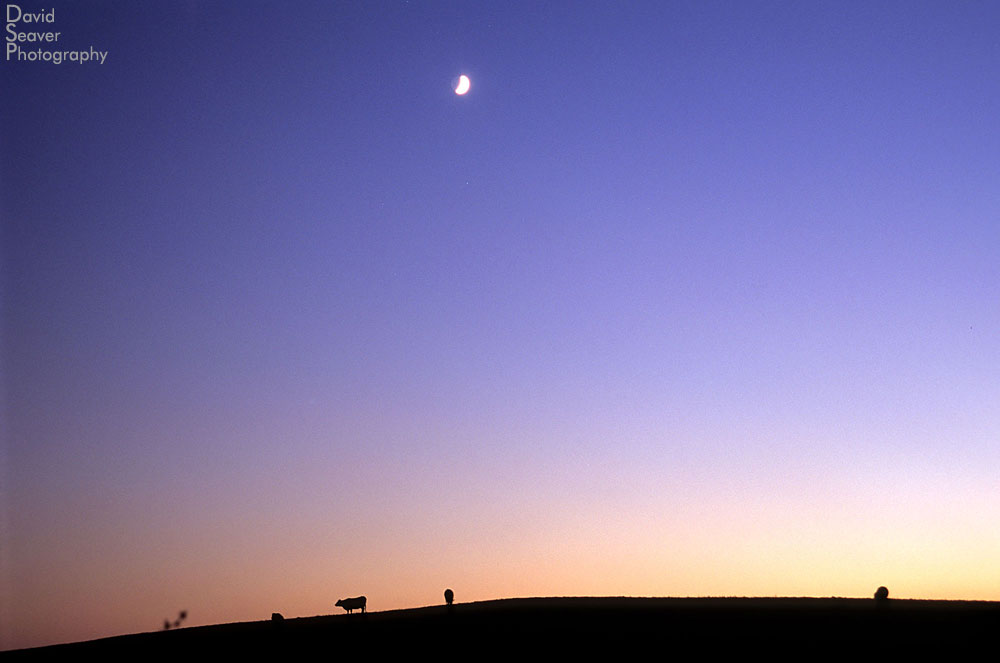
Cows at sunset, Vermont. Nikon F100, Fuji Velvia 50, 24mm
There are endless ways to shoot landscapes, from the macro to the mountains. My approach is to head to a place that I think will give me the best opportunity to get a good wide shot, and fill in with details, tight telephoto shots, and all the other combinations once I’m there. My forethought always involves the sunrise times, combined with where the light will be entering the scene, how the shadows play with the highlights and if there are any unique things happening. Putting yourself in the right spot at the right time will help you get a good shot, but you still have to compose a striking and engaging image to capture a viewers attention.
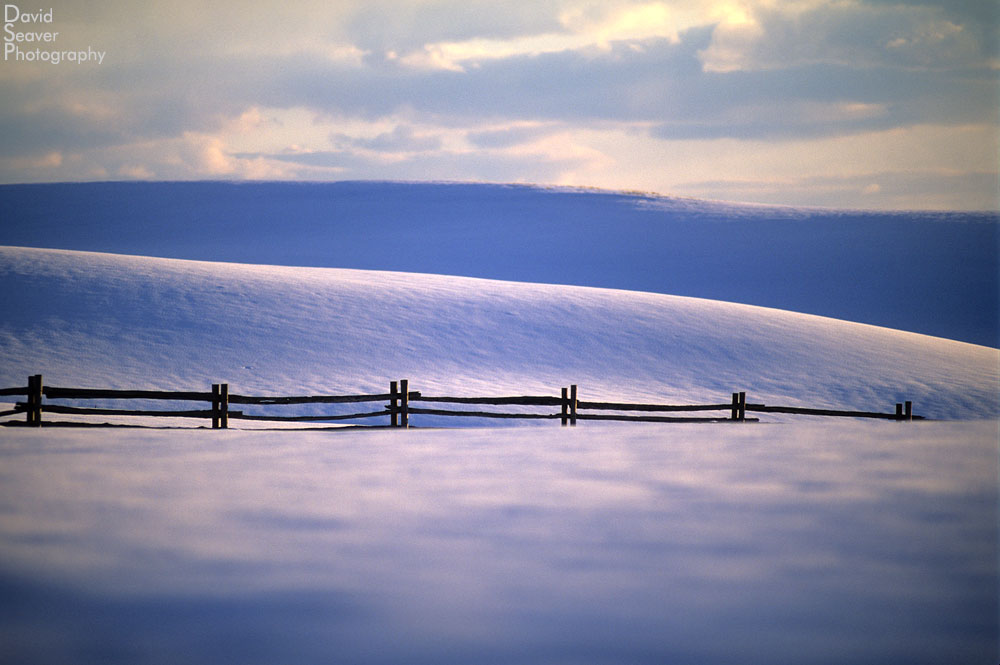
A fence in winter, Vermont. Nikon F100, Fuji Velvia 50, 70-200mm
Composing great landscape photographs is a game of what to keep and what to cut. Are you looking for a clean scene, or one with many parts. A good way to approach landscape photography is to start identifying your foreground, middle ground and background. Yes, those mountains are beautiful, but by including something, a flower or grass, in the foreground can give the photo depth and ground it with a sense of scale. Think of Bob Ross’s famous painting shows. He always worked with fore, middle, and background elements, each adding their own weight to the image.

Red maple leaf in Vermont. Nikon D2X, 50mm
As I’ve discussed in earlier posts, composing great photos isn’t about putting something in the center of the frame. Push a tree to the side, let the river trail off into the distance, give the sky lots of room (or don’t). Move the camera around. Lay on the ground, climb a tree. Try to get that new perspective that no one has thought of yet.
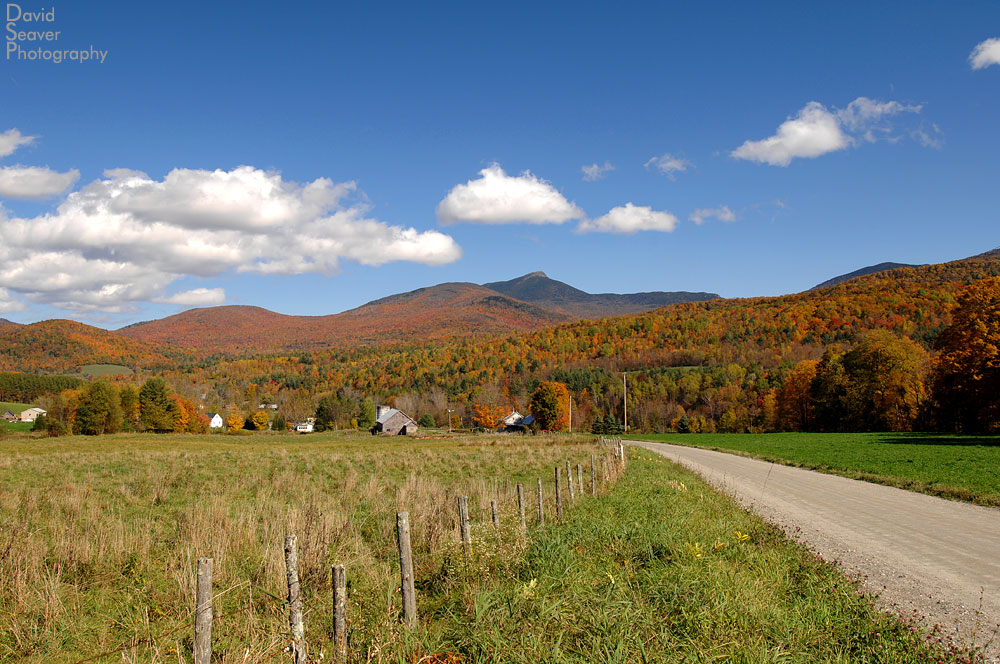
Vermont country road with fall foliage. Nikon D2X, 17-35mm
While the classic image of landscape photographers is one with a large format camera and a heavy tripod resting on their shoulder, newer digital cameras allow more ability to handhold photos with a great depth of field. That said, shooting on a tripod at your slowest ISO and high f-stops is always a good idea if image quality is what you’re looking for. Shooting on a tripod also forces you to slow down and pay attention to composing an engaging a great photo. The detail of a medium or large format camera is perfect for landscape photos, but the cost and technical skill required is beyond what most people want to get into.
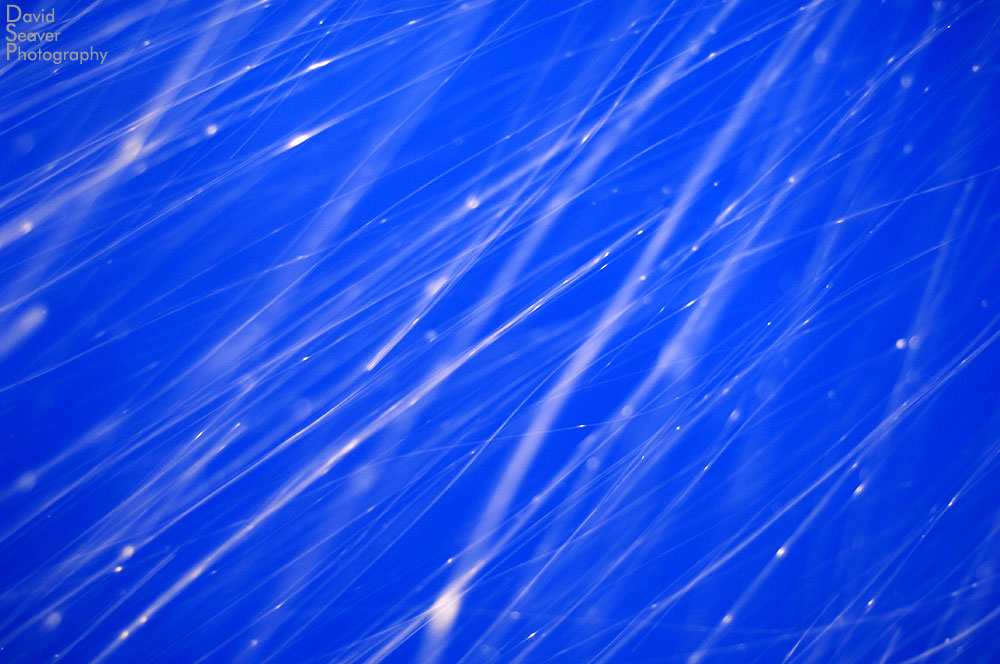
Snow falling at night. Nikon D2X, 17-35mm, 2-3 second exposure
Post production can be an integral part of great landscape photos. The difference between a flat photo and one with dynamic tones and shades of light can come down to what happens after the fact. The best example of post production perfection was Ansel Adams, a master printer who would coax a feeling out of his photos while in the darkroom. If you ever get a chance to see a real Ansel Adams print up close, do it, the look so much more impressive than the copies and posters that fill our world. While some photographs come out of the camera looking the way they should, many don’t. I’m not opposed to cropping or burning and dodging, but adding or subtracting things from a scene changes it from a landscape photo to a digital creation. I would consider myself a purist, shooting what the world presents. I only occasionally use filters and limit them to polarizers and neutral density filters. I think the colored filters can give photos a very fake look. They stick out like a sore thumb in a bunch of well crafted images. The same can be said for HDR photos, which tend to look gimmicky after seeing more than one.

Looking up at the color of fall, Vermont. Nikon D2X, 7mm fisheye
So keep shooting. Keep going back to places you’ve shot before. Keep seeking out new places. Landscape photography is ongoing and essential for preserving our nature and capturing this time and place.
How to Take Great Photos of a Violin
I recently had the opportunity to photograph some of luthier Jonathan Vacanti’s hand made violins. They are beautiful works of art. It’s great to see that true craft is still happening out there. Vacanti works at Vermont Violins, Burlington’s violin shop on Church St.
Product photography is much trickier than it seems. Photographing products means that you need to get perfect shots of the item. No glare, straight and sharp, great lighting, even background.
To shoot this hand made violin, I knew that the final product would be a violin floating on a black background. In the studio, I set up a black muslin background and blocked out the light from the window to make sure I was working in a darker environment. It can be difficult to get a true black right in the camera while keeping the rest of the image properly exposed. My goal was to get the background as black as possible before heading into post production in Photoshop.
To get the violin to ‘stand up’ with the least amount of movement, interference with the lighting, and least amount of post time, we hung the violin on fishing line between two light stands. Thankfully the violins are extremely light and didn’t need much support, but we made sure that there was something close by underneath, just in case it decided to jump off the line.
As far as lighting, I chose to use two soft boxes on SP-Excalibur studio flashes, triggered by a wireless transmitter. I wanted to keep the lighting fairly even, adding just a bit of depth and a little highlight on the edges.
The lights are set up at a 45 degree angle camera left, and about a 120 degree angle camera right. This made my key light the one on the left, and I used to the right one for extra fill and to highlight the edge. I did have to slightly adjust the lighting to keep the glare on these shiny instruments to a minimum.
I used two black flags (actually foam core covered with black paper) to keep the light from spilling backwards from the left light and towards the camera from the right light.
These were all shot with a Nikon D2x, 50mm 1.8, around f7.1 at ISO100. I love how creamy and smooth the Nikon D2x’s files are. Having a starting point of such a low ISO, there just aren’t any chunky pixels to deal with, just smooth transitions from light to dark.
After shooting, I went into Photoshop and removed the fishing line and made sure the background was actually black and not just dark.
Best Photos of 2010 – Revisit last year’s highlights
Now that 2011 is here, I thought I’d quickly revisit 2010 before getting to the business at hand.
Although at times I would like to forget 2010, there were more than a few highlights. I had some amazing travel opportunities, ridiculous adventures, and some serious photo-making. Here are a few of the shots that stand out from my year. As with my photography, there are lots of locations, people, and subjects. I like to mix it up. Shooting the same thing day in and day out would drive me crazy.
After having one of craziest adventures of my life (read about it here) and getting lost in the Cambodian jungle, Alan and I rang in the New Year by taking another motorcycle trip down to Kep on Cambodia‘s southern coast on the Gulf of Thailand. There’s no better place to eat fresh crab in a hammock.
View of Kep from up the hill.
On the way back from Asia, I spent a few uneventful days in sweaty Singapore, but fell in love with their amazing botanical gardens.
Carp swimming in Singapore.
Back in wintery Vermont, mother nature only graced us with a few hits of snow, but we made the most of it.
Miriam getting some air in Stowe.
The hike down from Camel’s Hump.
That’s me with the camera. Yes, winter is my favorite season. Nothing brings a smile to my face like big flakes silently making their way to the ground.
A quick trip to the Turks and Caicos to shoot a lovely wedding helped to break up the lack of snow.
Rum punch on the beach in Turks and Caicos.
Back in Vermont and more health care photography for CAP Today.
As some of you know, I shoot a lot for Fletcher Allen Health Care, Vermont’s premier hospital. Surgery has always been a favorite subject of mine, and I jump at any opportunity to get back into the OR.
Another shoot for Fletcher Allen brought me into the neonatal intensive care unit.
Vermont’s famous Bread and Puppet Theatre.
4th of July fireworks over Burlington. Shot from Oakledge Park.
A night I will never forget. Lightning bugs put on a spectacular show for a group of visiting Russians from Burlington’s sister city, Yaroslavl.
Within the Vermont wedding scene there is really only one magazine, Vermont Vows. Of the thousands and thousands of photos I shot for them last year, I’ll show you three. If you want to see more, pick up a copy at any local store that sells magazines.
Photographer’s note: There are two lights on these yummy cupcakes, one from a studio flash with a softbox up front right, the other from a Nikon SB-800 crammed behind the old postal shelf.
A visitor to my studio.
Have I mentioned that I love macro photography.
A kindred spirit was lost this summer. Never have I felt a connection like I did with Rama, we spoke the same language. He is missed.
It was the summer of Candy Kate’s amazing marshmallows. Anyone who hasn’t tried them, must. They will change your life.
An oil spill to cripple the gulf, check. Read more about my experience of witnessing the BP Oil Spill. A dolphin swims precariously close to large swaths of thick oil. Oil rigs can be seen in the distance.
This slick was shot within minutes of the dolphin above.
I will reiterate that it’s time for a change. A change away from oil and all the nasty side-effects that come with it.
Back in VT and it’s portrait time!
Everything looks great up close.
There was family time with sister Abigail and nephew Birch.
The Tap Kids came to town to work on their fancy footwork.
While Miriam and I had our own respective adventures this year, (check out her blog on Guatemala, life, and everything else), we had some memorable days.
Contemplating the Ultimate Answer to the Ultimate Question of Life, The Universe, and Everything…I think it’s 42.
Bread and Puppet’s giant head.
Fun with flashes, Red Rocks Beach.
Church St was rocked, and I mean rocked by Grace Potter and the Nocturnals this summer. It’s great to see hometown people making it big.
For those of you who may have missed the Halloween party this year, fear not, there are a few photos to provide a reminder of the insanity.
No year would be complete without some ridiculous trip to some far away land. Trans-Siberian Railroad, of course. Why not?! This photo is the inside of Kazakhstan’s Baiterek Tower in Astana.
As we roll into 2011, let us not forget the highs of yester-year and push past the lows. It’s a new year and there’s fresh snow on the ground. Things are looking up.
Stay tuned for updates from 2011.

